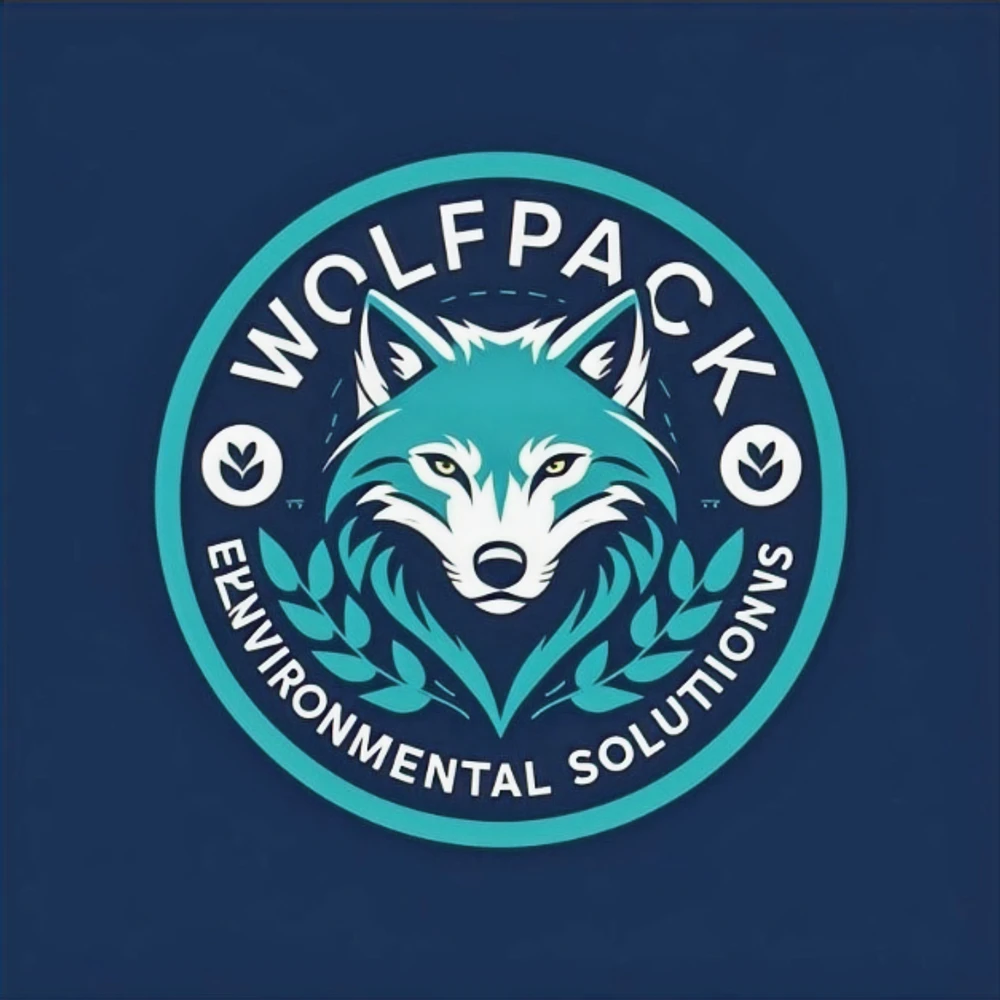Understanding CERS Reporting Obligations
- Wolfpack Environmental Solutions

- Jul 26
- 4 min read
Updated: Aug 15
The California Environmental Reporting System serves as a unified platform for collecting and managing information related to hazardous materials and waste management. CERS is utilized by various governmental agencies to enhance public health and environmental safety by ensuring accurate reporting of hazardous materials.
It is vital that businesses and organizations comprehend their reporting obligations to align with state regulations effectively.
Who Must Report to CERS?
Businesses Handling Hazardous Materials
Any business that handles hazardous materials is required to report to CERS. This includes companies engaged in manufacturing, distributing, or storing substances classified as hazardous. The definition of hazardous materials can broadly encompass chemicals, biological agents, or other substances that may pose a risk to public health or the environment.
Organizations must assess the quantities and types of materials they handle, considering both the threshold limits set by the state and the specific types of materials being managed.

Government Agencies
State and local government agencies also play a significant role within CERS. These entities are responsible for enforcing regulations, monitoring compliance, and ensuring public access to environmental data. Agencies tasked with overseeing hazardous waste management, environmental protection, and public health are typically engaged in reporting processes.
This may involve compiling data from various businesses, ensuring that all entities comply with state regulations, and taking necessary actions to mitigate risks associated with hazardous materials.
Educational Institutions
Educational institutions, particularly those conducting research or utilizing hazardous materials in laboratories, must also adhere to CERS reporting obligations. Universities and colleges that handle any hazardous substances, whether in research settings or university-operated facilities, are responsible for reporting information to the system.
This ensures that they maintain compliance and fosters a culture of safety and responsibility within educational environments.
Healthcare Facilities
Healthcare facilities, including hospitals and clinics, are required to report specific environmental data related to hazardous materials used in medical practices. This includes reporting on pharmaceuticals, medical waste, and other potentially hazardous substances.
Such reporting helps manage risks associated with waste disposal and ensures public health safeguards in community settings.
Key Reporting Requirements
Electronic Reporting
The CERS platform mandates electronic reporting for all entities required to submit their data. Businesses and governmental organizations must utilize the online system to provide crucial information, which will be accessible for inspections and oversight.
Adhering to electronic reporting protocols aids in efficient data management and facilitates quicker responses to environmental risks.
Data Accuracy and Timeliness
It is imperative for all reporting parties to ensure accuracy in their submissions. Incorrect data can lead to misunderstandings, regulatory actions, and potential penalties. Moreover, deadlines for reporting vary depending on the type of material and operational conditions, so organizations must remain vigilant about compliance timelines.
This highlights the importance of establishing internal monitoring systems to track compliance and deadlines effectively.
Periodic Updates
Once registered with CERS, entities are not relieved of their reporting obligations. Regular updates are necessary when there are changes in the types or quantities of hazardous materials being managed. This ongoing communication helps maintain accurate records and addresses potential risks in a timely manner.
Organizations should implement policies to review and update their reporting status routinely.

Consequences of Non-Compliance
Failing to report as required can lead to severe consequences for organizations. Non-compliance can result in financial penalties, loss of licenses, and increased scrutiny from regulatory agencies. Additionally, failing to fulfill reporting obligations can harm the organization’s public image and create distrust among stakeholders.
Organizations are encouraged to take their reporting duties seriously and integrate them into their overall environmental management strategies.
Best Practices for Compliance
Educate Employees
Awareness and understanding of CERS requirements among employees are vital. Organizations should invest in training programs that educate staff about the importance of environmental reporting and how to handle hazardous materials safely.
A knowledgeable workforce contributes to operational excellence and compliance with regulations.
Develop an Internal Compliance Team
Creating a designated compliance team or appointing a compliance officer can streamline reporting processes. The team should be responsible for ensuring that data is accurate, up-to-date, and submitted on time.
This dedicated approach fosters efficiency and accountability within the organization.
Utilize Technology
Leveraging technology can enhance reporting efficiency. Organizations should consider utilizing management software that can help track hazardous materials, generating required reports automatically, and setting reminders for deadlines.
Technology can help minimize errors and reduce the administrative burden associated with compliance.

The Importance of Environmental Reporting
Effective environmental reporting is not just a regulatory obligation; it is a vital component of corporate social responsibility. Organizations that prioritize transparency and accountability in their environmental practices can build trust with stakeholders and the community.
By engaging with CERS, businesses can demonstrate their commitment to sustainability and public health. This proactive approach not only mitigates risks associated with hazardous materials but also enhances the organization's reputation as a responsible steward of the environment.
Conclusion
Understanding who is required to report to the California Environmental Reporting System is essential for businesses, governmental agencies, educational institutions, and healthcare facilities. By recognizing their obligations and the importance of accurate, timely reporting, organizations can foster a culture of environmental responsibility.
Proactive engagement with CERS helps mitigate risks associated with hazardous materials and promotes public health and safety. Embracing best practices for compliance will not only aid in fulfilling legal requirements but also enhance an organization's reputation as a responsible steward of the environment.
In a world increasingly focused on sustainability, effective environmental reporting is not just a regulatory obligation but a vital component of corporate social responsibility.
Contact info@wolfpackenvironmentalsolutions.com for CERS assistance.


Comments